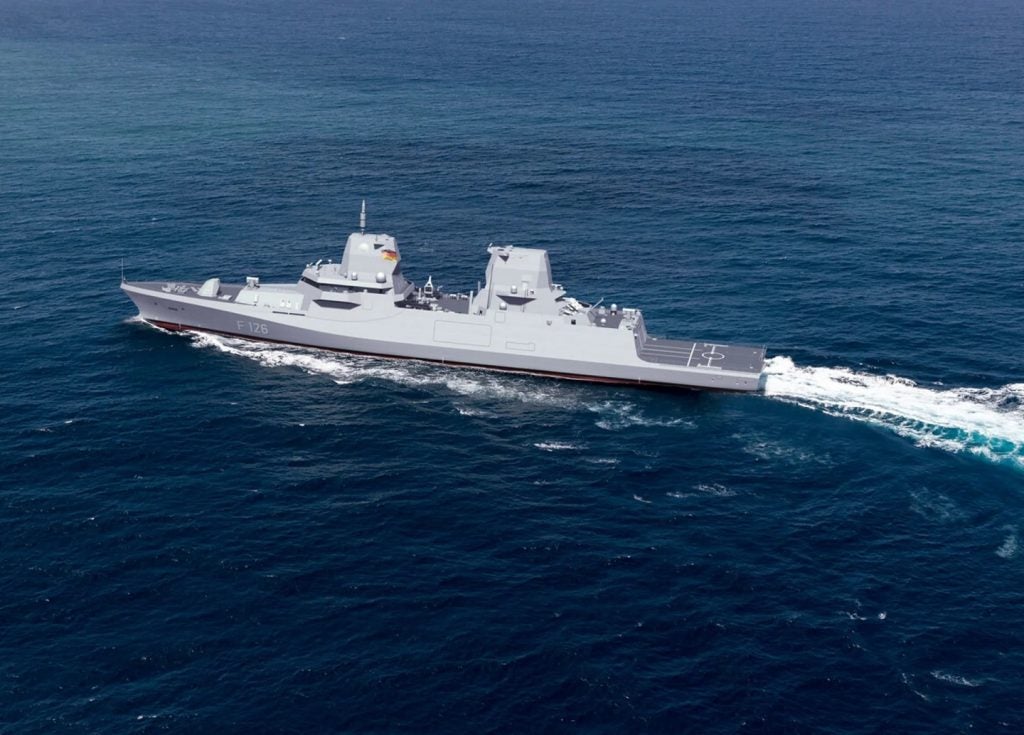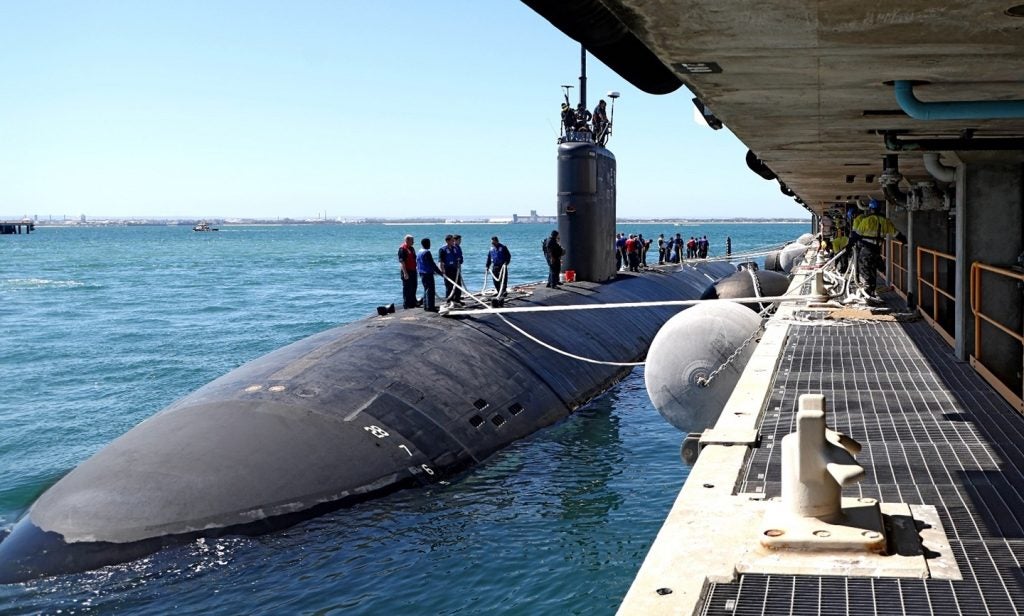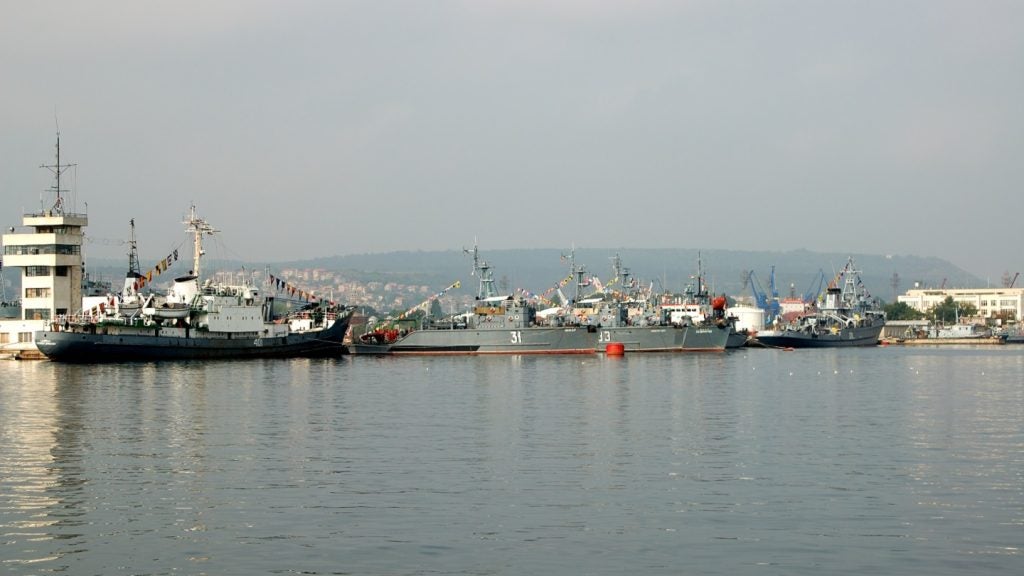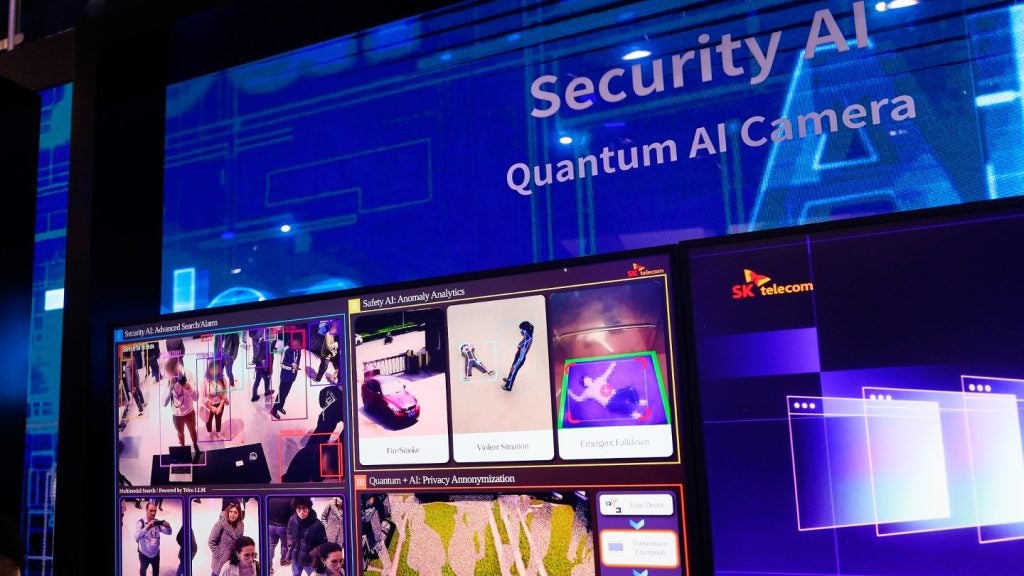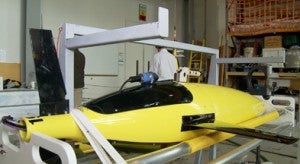
The US Naval Sea Systems Command’s (NAVSEA) sailors have successfully completed training in the sea glider unmanned undersea vessel (UUV) operation and maintenance, as part of the persistent littoral undersea surveillance system (PLUS) programme.
During the training, conducted by University of Washington applied physics laboratory, sailors have familiarised themselves with the UUV’s field and command centre operations in PLUS-specific contexts.
Sailors also performed hands-on assembly and testing, launch preparation, launch, piloting, recovery, breakdown, and wash-down of the UUV and provided feedback for enhancing the course format and materials.
Undergoing testing as a PLUS prototype system component, the University of Washington applied physics laboratory-built sea glider autonomous vehicle can propel itself from the water’s surface to the ocean floor, collecting environmental data.
How well do you really know your competitors?
Access the most comprehensive Company Profiles on the market, powered by GlobalData. Save hours of research. Gain competitive edge.

Thank you!
Your download email will arrive shortly
Not ready to buy yet? Download a free sample
We are confident about the unique quality of our Company Profiles. However, we want you to make the most beneficial decision for your business, so we offer a free sample that you can download by submitting the below form
By GlobalDataCapable of detecting underwater threats including diesel submarines, the PLUS is being fielded by the Program Executive Office for Littoral Combat Ships (PEO LCS).
See Also:
PEO LCS unmanned maritime systems programme manager captain Duane Ashton said: "This milestone is an important step toward fulfilling the PLUS mission of providing effective, adaptive and persistent surveillance of multiple quiet targets over large littoral areas – a powerful trump card for ensuring the safety of global waterways."
The prototype PLUS system comprises an undersea network of five sea gliders and six hydroid-developed Remus 600 autonomous undersea vehicles.
The sea gliders will gather the Remus 600′ underwater data and then return to the surface to transfer the collected data to a shore-based collection and processing station.
The US Navy is planning to deploy the system in 2015 for overseas operations, as a user operational evaluation system, while thedecision on which ship to be installed will be made in near future.
Based on the testing results, the US Navy will determine the feasibility of expanding the system’s scope for broader deployment to the fleet.
Image: A sea glider UUV in factory. Photo: courtesy of University of Washington.




